+91 9884683139
talk to our Destination
specialist

Brazil is a land of extremes filled with beautiful white sand beaches to the dense rainforests of the Amazon. From the great wealth of its people, to levels of extreme poverty. Spirited and and spontaneous, Brazilians always have a time for a celebration where it’s soccer, Carnival or religious ceremonies. Music fills the air and the samba is danced everyday.
One of the world's most captivating places, Brazil is a country of powdery white-sand beaches, verdant rainforests and wild, rhythm-filled metropolises. Brazil's attractions extend from frozen-in-time colonial towns to otherworldly landscapes of red-rock canyons, thundering waterfalls and coral-fringed tropical islands. Its 7,400-kilometer Atlantic coast is lined with golden sand beaches, and its interior is filled with mineral resources. Gold from Brazil's mines still lines the churches of Portugal.
Then there's Brazil's biodiversity: legendary in scope, its diverse ecosystems boast the greatest collection of plant and animal species found anywhere on earth. There are countless places where you can spot iconic species in Brazil, including toucans, scarlet macaws, howler monkeys, capybara, pink dolphins, sea turtles and thousands of other living species.
Key Facts
21,27,80,766
Brasilia
Brazilian Real (BRL)
Portuguese
ACT - GMT-3 / AMT - GMT-4/ BRT - GMT -3 / FMT - GMT -2
Dec - Mar / Jun - Sep

Brazil offers big adventures for travelers with budgets large and small.
There's horseback riding and wildlife-watching in the Pantanal, kayaking flooded forests in the Amazon, ascending rocky cliff tops to panoramic views, whale-watching off the coast, surfing stellar breaks off palm-fringed beaches and snorkeling crystal-clear rivers or coastal reefs – all are part of the great Brazilian experience.
Brazil's most famous celebration, Carnaval, storms through the country's cities and towns with hip-shaking samba and frevo, dazzling costumes and parties that last until sunup, but Brazilians hardly limit their revelry to a few weeks of the year. Festas (festivals) happen throughout the year, and provide a window into Brazil's incredible diversity.
Brazil is both a tropical paradise and an exciting cultural destination with attractions for all tastes, from idyllic beach holidays and jungle explorations to world-class art museums and the pulsing rhythms of Rio's Carnival.

The Wonderful City
Incredible natural attractions, spontaneity that transforms everything into party and hospitality, world-famous iconic monuments - all that makes the city of Rio de Janeiro an..
unforgettable and unique destination. With 450 year of history, Rio boasts fascinating treasures in its museums with enviable collection. The land of carnival and samba, and of several theaters, music venues, commercial and gastronomic locations open during the whole year.
But it is the match of the geography of the area – the sea, mountains and forests – along with the human presence that makes Rio de Janeiro a unique city. Extraordinary scener-ies surround many places in the city. It was the first city in the world to be considered UNESCO’s Cultural Heritage of Humanity.
Besides the most famous attractions, like Christ the Redeemer, the art deco statue of Jesus Christ and the Sugarloaf Mountain, a mountain range, the city has also many nature, adventure, religious, historic and cultural tours, such as walks in the Botanical Garden and rides in the Santa Teresa Tram, visitations to the Metropolitan Cathedral and to the Museum of Modern Art, and the possibility of taking off from Pedra Bonita’s ramp and flying over the city.
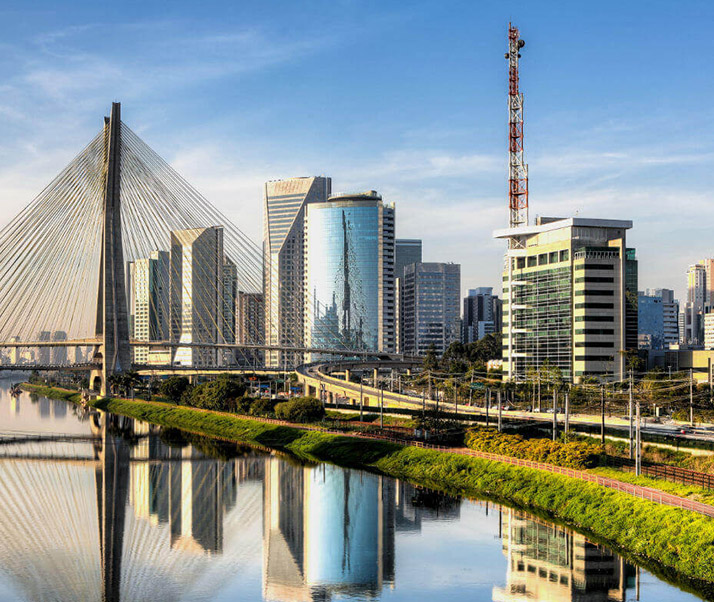
The Drizzle Land
Sao Paulo is huge: there are 12 million people living in the largest city of the South Hemisphere and the third biggest city in the Americas. Sao Paulo gathers more than 100 museums, 120..
theaters, around 300 cinemas, besides having several parks and green areas. It’s the Latin American capital of conventions and events, which has a super structure in the Anhembi Convention Center to host congresses and conventions. Sampa, an affectionate nickname given to the city, is delightful, and is famous for offering one of the best nightlives around the planet. Known as the Latin American capital of good restaurants, it has high standard international restaurants with fine regional dishes signed by renowned Brazilian chefs and also considered the Brazilian Pizza Capital.
Museu de Arte de São Paulo, Edifício Copan, Mosteiro São Bento, Farol Santander and Rua Oscar Freire are some of top attractions of Sao Paulo.
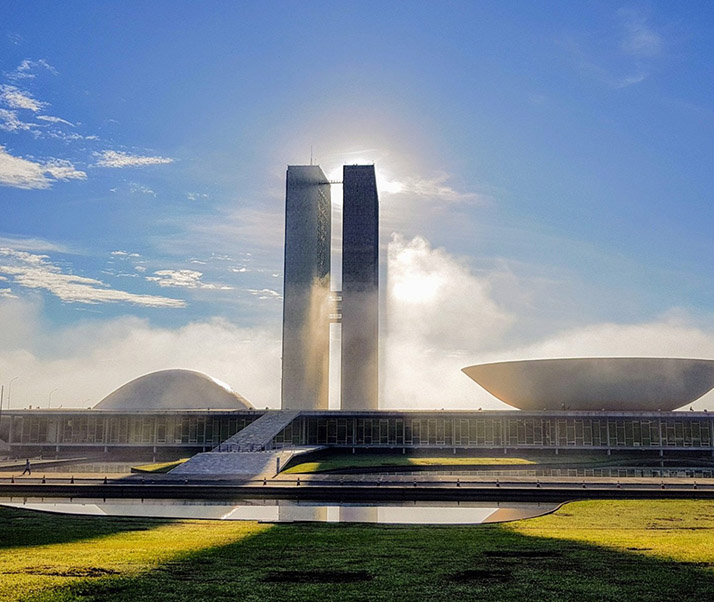
Capital City of Brazil
Brasilia, the Capital City of Brazil, with almost 2.5 million inhabitants, had its basic design, called Plano Piloto, idealized by urbanist Lucio Costa and architect Oscar Niemeyer.
The design resembles a plane and has been listed by UNESCO as a World Cultural Heritage site. It is the city with the largest heritage area in the world - 112.5 square kilometers. Plano Piloto is formed by the encounter of two axis, Eixo Monumental and Eixo Rodoviario, embraced by the Paranoa Lake and both these axis has many attractions around them,
The Parque da Cidade Dona Sarah Kubitschek, best known as the City Park, is one of the main centers of open air leisure in the capital. It has 420 hectares and is one of the biggest urban parks in the world. It also has sports courts, amusement parks, an artificial lake, barbecue grills, an equestrian center and jogging routes.
The Paranoa Lake, which has a lake shore with excellent restaurants and bars, brings water sports athletes together on the weekends to practice sports like Stand Up Paddling (SUP), canoeing and kitesurfing.
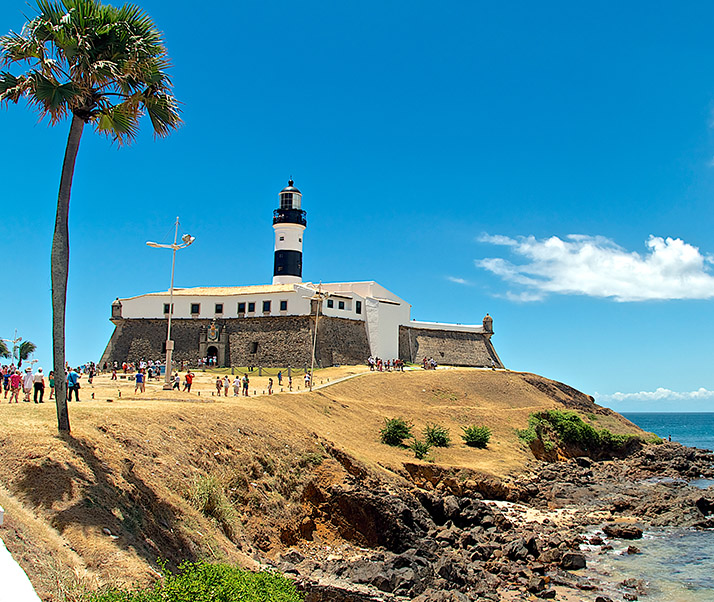
The First Capital of Brazil
Salvador is the capital of Bahia State, a place well known for its natural beauties, for the kindness of its people and for the strong influence of the African culture.
The moves of capoeira - a martial art that looks like a dance - the smells and flavors of the delicacies, the religious mix and the cultural diversity are samples of the happiness of a people that knows, maybe for it is surrounded by natural beauties, the true meaning of life. The city is also the location of one of the country’s most vibrant and disputed carnival parties.
Brazil’s first capital preserves an important historical city center, listed as Unesco’s Cultural Heritage Site: the Pelourinho, which gives the visitor the opportunity to visit Brazilian Baroque Churches and century-old manors.
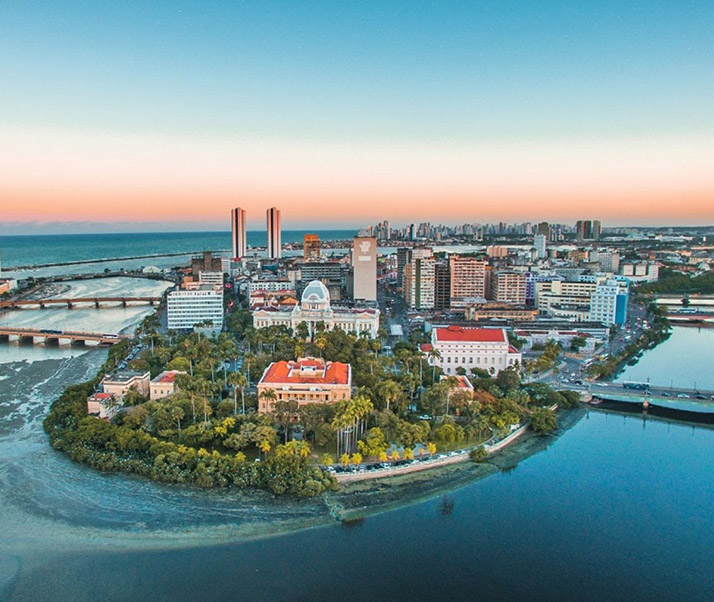
TShipwreck Capital of Brazil
Recife is a recognized center of culture and leisure services of northeastern Brazil. It has a vibrant cultural, entertainment and restaurant scene, an intriguing historic center..
(Recife Antigo), an impressive coastal setting and a fabulous Carnaval. It's a sprawling, urban place of glassy high-rises, crowded commercial areas, thundering traffic and extensive suburbs; if you like your cities gutsy, gritty and proud, Recife is for you. One of Recife’s main highlight is Galo da Madrugada, recognized as the largest carnival block in the world by the Guinness Book of Records.
But Recife is not limited to parties. The Parque das Esculturas, an open-air museum, which was built in celebration of 500 years since the discovery of Brazil. Nearby is the zero mile marker square, foundation point of the city and one of the most important sites of the capital of Pernambuco.
Recife is Beautiful by nature. And full of personality.
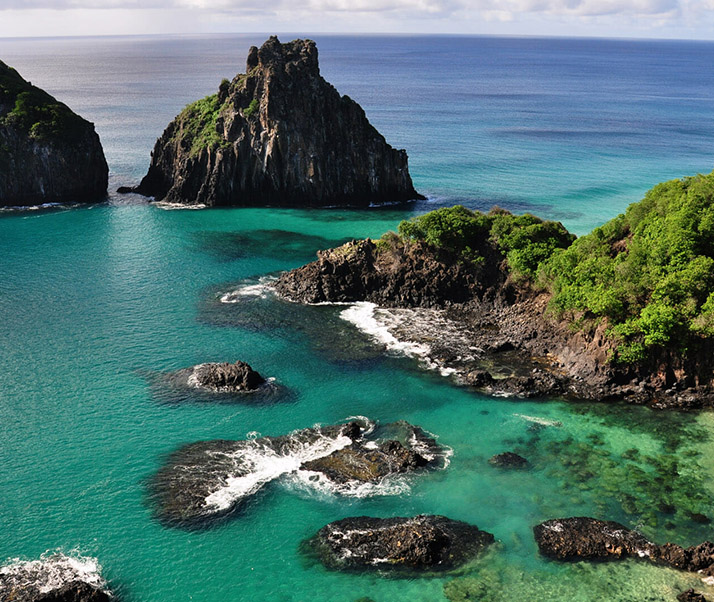
A UNESCO Natural World Heritage Site
Comprised of 21 islands and islets, the archipelago of Fernando de Noronha is a paradise of indescribable beauty, and was declared a Natural World..
Heritage Site by Unesco. For the islands to continue to preserve their nature, the number of visitors is limited and you have to pay an environmental preservation fee to enter the island. The combination of crystal clear waters, golden sands, and marine life fascinate people from all over the world. Its beaches are divided between the inside sea (waters toward the Brazilian mainland) and the outside sea (waters toward the Atlantic Ocean).
Noronha's natural beauty holds its own against any tropical locale in the world. With crystal-clear waters, rich marine life – including the highest known concentration of resident dolphins in the world – and spectacular tropical landscapes, it’s in a Brazilian class all of its own. The country’s ‘beach bible,’ Guia Quatro Rodas Praias, awards five stars to just five beaches in the whole country – and three are right here.

Welcome to the Jungle
The Amazon basin is a marvel of the world and the imagination, an ecosystem of unrivaled size and diversity, and a place of near mythical..
status among travelers. The Amazon River has more water than the next eight largest rivers combined, and is twice the area of India, and the basin spans eight countries. The Amazon rainforest is the world's largest intact forest. It is home to more than 24 million people in Brazil alone, including hundreds of thousands of Indigenous Peoples belonging to 180 different groups. While it covers 2.6 million square miles across nine countries — Brazil, Bolivia, Peru, Colombia, Ecuador, Venezuela, Guyana, Suriname, and French Guiana — about 60 percent of the Amazon Basin is in Brazil
There’s a reason the Amazon was the place that inspired scientists to coin the term “biodiversity.” The region is home to 10 percent of all plant and animal species known on Earth. There are approximately 40,000 species of plants and more than 400 mammals, with almost 1,300 different varieties of birds and an insect population in the millions.
Manaus acts as the main tourist hub and gateway to the Brazilian Amazon. Located in the center of the Brazilian Amazon, Manaus is the largest city in the region and home to approximately 2 million people. The city itself is worth spending a little time in before you begin your Amazonian adventure. Sights include the Manaus Opera House with its pastel-pink Renaissance exterior.
Manaus also boasts a natural phenomenon known as the ‘Meeting of the Water’ as it sits close to the confluence of River Solimões and the River Negro. Here, these two rivers merge to form what we know as the River Amazon, which is ten kilometres wide even at this point over 1,500 kilometres from the coast.